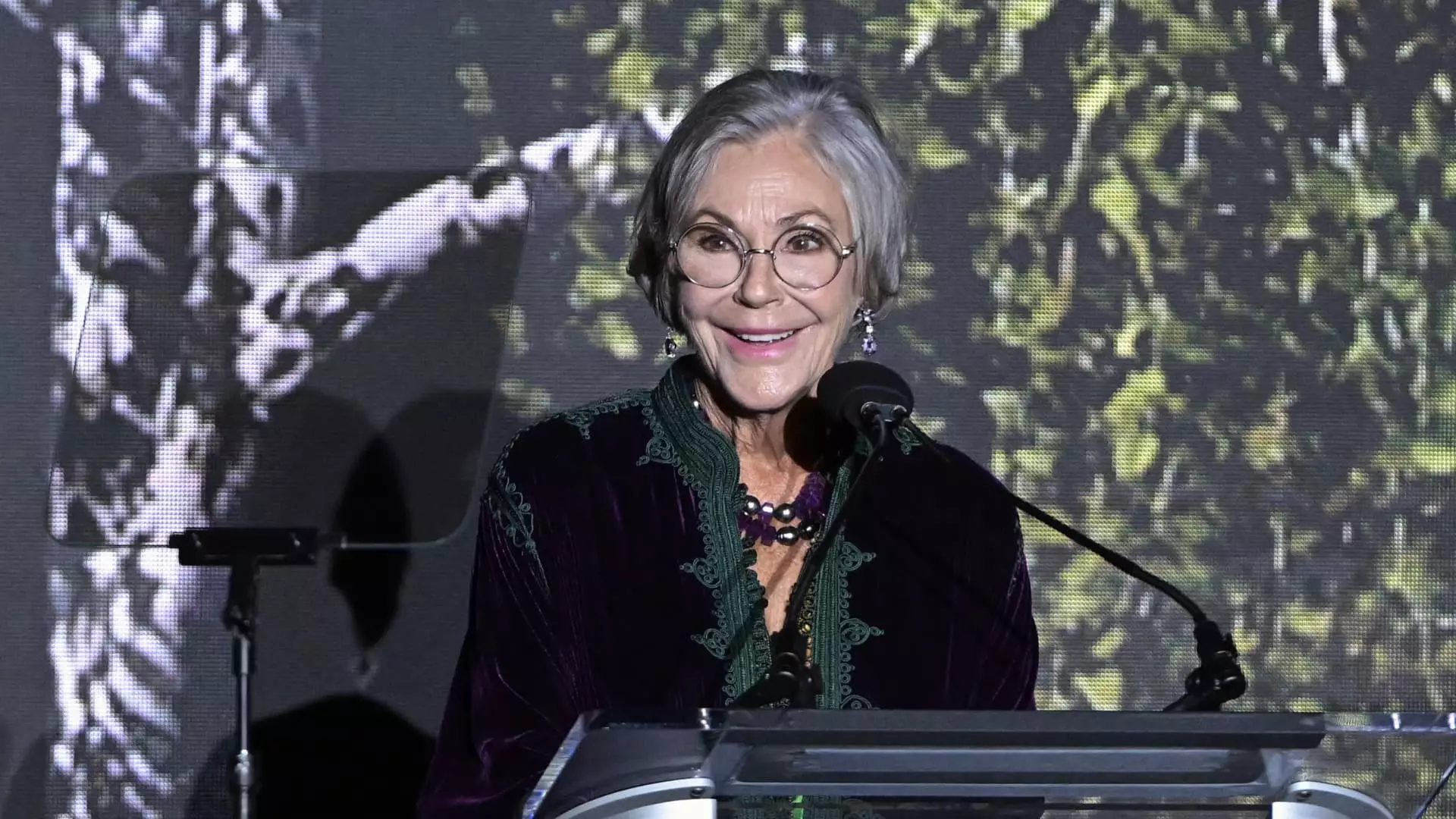The emergence of women as significant players in the world of billionaires reflects a profound transformation in not only wealth accumulation but also in the associated philanthropic landscape. With a recent report highlighting that 13% of the global billionaire pool—comprising 3,323 individuals—are women, it becomes clear that this demographic is redefining traditional norms surrounding wealth management and social responsibility.
The data from the Altrata Billionaire Census reveals a gradual incline in female representation within the world of billionaires over the past decade. While 431 women may still seem a small fraction, this surge indicates a broader shift in wealth dynamics globally. The integration of women into higher echelons of wealth is not a mere anomaly but a testament to evolving cultural attitudes, increased female entrepreneurship, and significant inter-generational wealth transfers.
Reports suggest that inheritance is the most prevalent pathway to wealth among women, with three-quarters of female billionaires benefiting from inherited fortunes. Therefore, the profiles of these female billionaires often reflect societal structures that favor inherited wealth, contrasting starkly with the paths of their male counterparts. For instance, only a meager 5% of male billionaires acquired their wealth through inheritance, pointing to a notable gender disparity in the sources of wealth.
An important aspect of this discussion is what is commonly referred to as the “Great Wealth Transfer,” an anticipated transfer of a staggering $30 trillion to women over the next decade. This shift could perpetuate the growth of female billionaires but also emphasizes the need for strategic financial education and investment orientation among inheritors. The change in dynamics underlines not just a numerical increase in wealth among women but also a cultural recalibration in how wealth is perceived and used.
The focus on philanthropy becomes particularly interesting in this context. The report finds that nearly 20% of female billionaires dedicate a majority of their professional endeavors to nonprofit engagements, a sharp contrast to just 5% of their male counterparts. This inclination toward social responsibility can be attributed to the mechanism through which many female billionaires acquired their wealth, where connections to inherited fortunes often prompt early involvement in charitable endeavors that prioritize social welfare and activism.
A deeper examination reveals nuanced differences in wealth portfolios between billionaires based on gender. Female billionaires display a greater tendency to invest in private ventures and retain more liquid assets—indications that may stem from their inherited wealth, which often involves stakes in private companies. In contrast, male billionaires’ portfolios skew heavily toward stocks, chiefly due to the prominence of tech entrepreneurs and public company founders among male billionaires.
This distinction is not merely a reflection of investment habits but also reveals underlying motivations and interests. For instance, female billionaires are significantly more likely to own luxury real estate and art, suggesting a penchant for appreciating assets and long-term investments. On the flip side, male billionaires are more inclined toward luxury vehicles, yachts, and gadgets—an inclination that accentuates societal stereotypes of male consumerism.
Even in hobbies, a gender divide is evident. Philanthropy emerges as the primary hobby for female billionaires, with a striking 71% indicating it as a significant aspect of their lives. In contrast, male billionaires often gravitate toward sports and high-octane hobbies, prioritizing personal enjoyment and lifestyle. This fundamental variance emphasizes contrasting cultural narratives and expectations tied to wealth and its usage.
The increasing visibility of female billionaires offers an opportunity for discussions around financial literacy, responsible wealth management, and social impact. As the prevalence of women in billionaires’ ranks continues to grow, the focus will invariably shift toward how this demographic can address persistent inequalities and leverage their influence to craft a better societal future.
The rise of female billionaires is more than just a statistic; it encapsulates changing narratives around wealth, philanthropy, and societal roles. Their growing presence not only reshapes the billionaire landscape but also encourages a dialogue about the true implications of wealth in today’s world.

